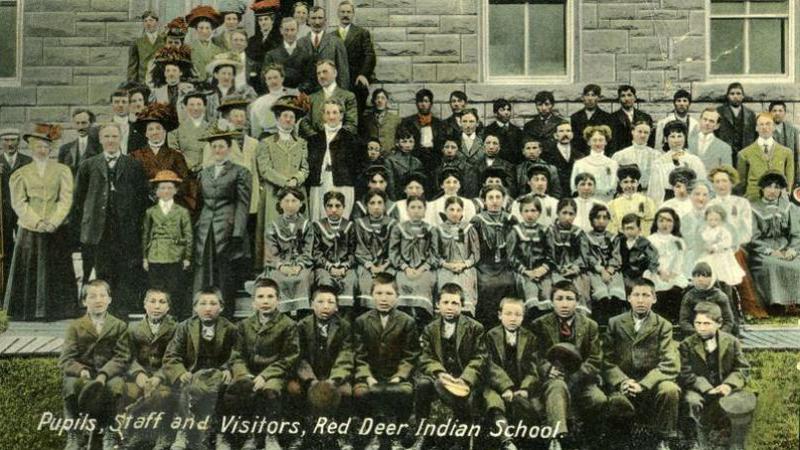
Ground-penetrating radar work begins at former Red Deer industrial school site
Ground-penetrating radar work has begun at the site of the former Red Deer Industrial School.
rdnewsNOW has learned that work started on Monday, Oct. 18.
The efforts being made there are part of a larger collaboration across Alberta agreed upon by nine First Nations groups.
They include:


